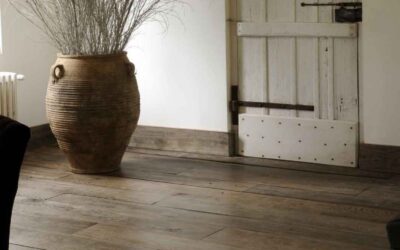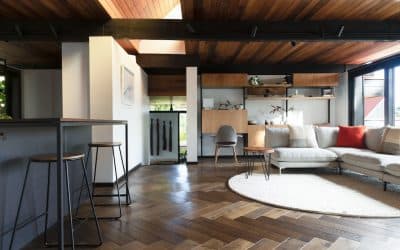When Replacement of Engineered Timber Flooring is Necessary
1. Prolonged Water Exposure: Flooring that has been submerged for an extended period typically absorbs too much moisture to be effectively restored. Water weakens the adhesive bonds and can cause significant swelling and warping of the boards.
2. Contaminated Water Damage: If the flooding involves gray or black water (generally from rivers, sewers, or industrial run-off), the risk of contaminants and bacteria not only damages the floor but can also create health hazards. In these cases, complete replacement is advisable.
3. Subfloor Damage: Engineered floors installed over particleboard or plywood subfloors that have been soaked are likely compromised. These materials often swell and deteriorate when wet, making them structurally unsound.
4. Visible Mold and Mildew: If mold or mildew has developed underneath or on the surface of the flooring due to moisture exposure, replacing the entire section is necessary to prevent health risks and further spread.
Situations Where Engineered Timber Flooring Can Be Salvaged
1. Quick Water Removal: If standing water is quickly removed and drying techniques are employed promptly, the chances of salvaging the floor increase significantly. Use commercial-grade dehumidifiers and fans to accelerate the drying process without causing additional damage through direct exposure.
2. Minor Water Penetration: Floors that have experienced minimal water exposure, where the water has not penetrated beneath the surface layer, can often be dried and repaired. Surface-level issues such as minor warping or discoloration can sometimes be corrected through sanding and refinishing.
3. Adequate Subfloor Ventilation: If the subfloor is well-ventilated and remains structurally sound despite the flood, the engineered flooring on top may be dried effectively and retained. Ensuring good airflow is key to facilitating the drying process.
4. Limited Area of Impact: When damage is localized to a small area of the flooring, it is often possible to replace just the affected sections. Matching new boards to existing flooring can be a feasible solution that preserves the majority of the original installation.
For homeowners and professionals dealing with the aftermath of water damage to engineered timber floors, understanding these key distinctions between when to replace and when to repair can save significant time and resources. If you’re facing decisions about your flooded engineered wood flooring, Vienna Woods offers expert advice and a wide range of high-quality replacement options. For more specific information and advice, you can contact us here.


